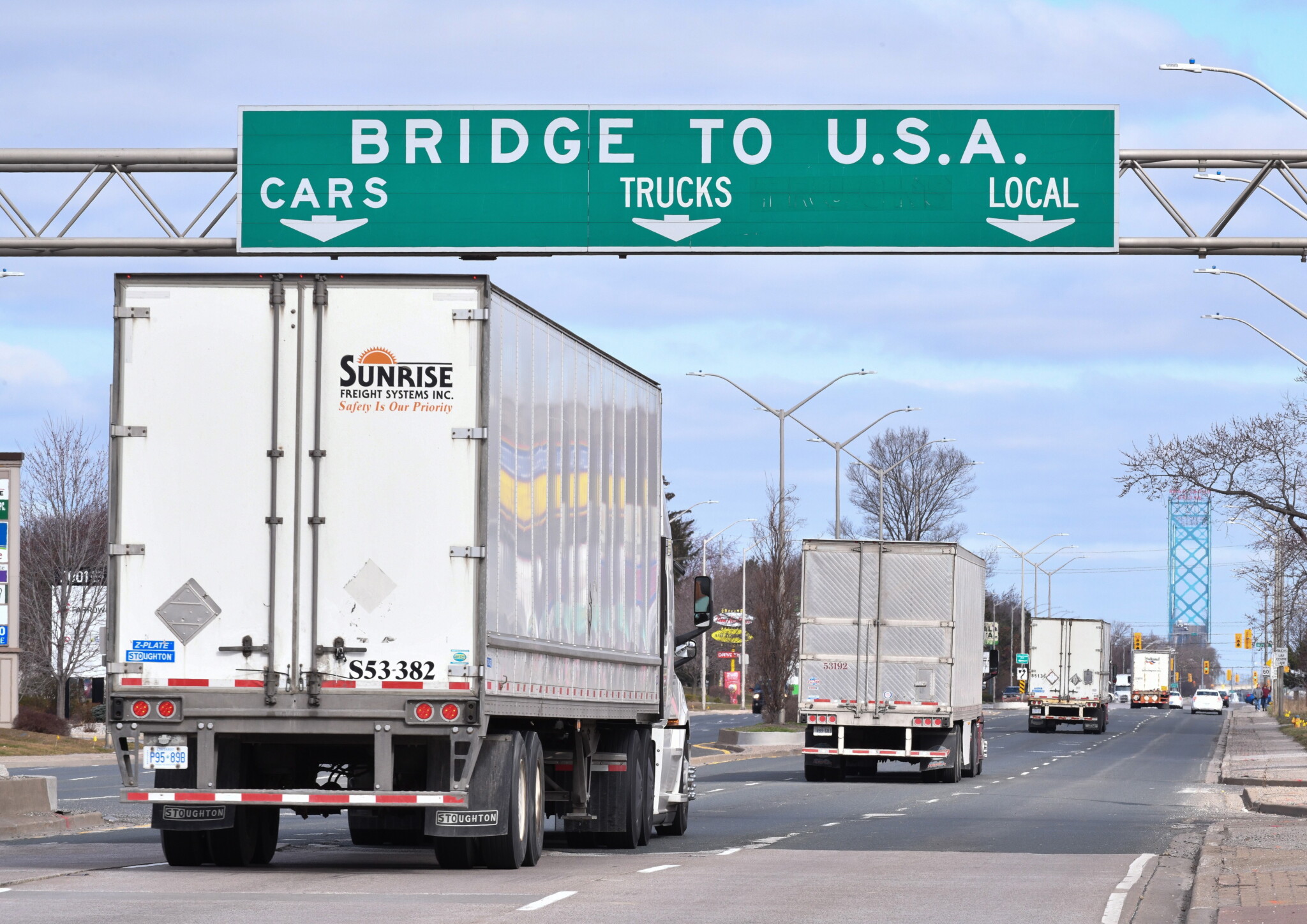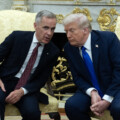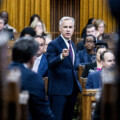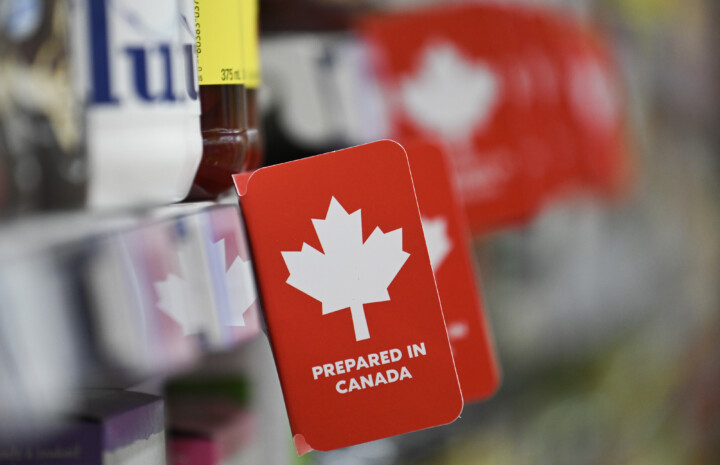That was a hell of a scare. For a few days, Canada teetered on the brink of economic calamity, only to be pulled back from the edge by what seemed like a trivial concession to Donald Trump on border issues. The experience has left us feeling toyed with, unsettled, and vulnerable.
What lessons can we take from this?
1. Canada is still deeply dependent on the U.S.
Like it or not, Canada is deeply dependent on the U.S. This isn’t new; in fact, it’s been our competitive advantage—and may continue to be for decades. However, Trump’s decision to weaponize our trade relationship has undermined our trust in the reliability of our most important trading partner and ally.
But trade diversification isn’t something you can simply switch on. Detaching from the U.S. will be a costly endeavour, even if done in an orderly fashion.
Our energy and manufacturing sectors are deeply integrated with those of the U.S. We aren’t particularly competitive in producing consumer goods globally, and any economic adjustment of this scale would even require a revamp of how we do foreign policy. Of our 15 largest export sectors, 11 rely on the U.S. for at least three-quarters of their international sales. Crops and mining are notable exceptions, but even those sectors lack the necessary trade infrastructure to expand significantly.
Don’t listen to politicians who suggest trade diversification is a short-term solution. It’s not.
2. Tariffs are still coming
While it’s tough to say what will come next, it’s become pretty clear things will change.
Even putting aside all the noise from the last few days, Trump has instructed federal agencies and departments to report on trade-related issues by April 1. That’s likely when we’ll begin to see far-reaching and permanent policy changes from the U.S. toward protectionism.
At a minimum, expect targeted tariffs on specific sectors like metals production and possibly others. We could also see broad-based tariffs applied to all countries, including Canada—though likely below the 25 percent threshold that he has threatened us with. Additionally, Trump may push for non-tariff concessions, such as greater access to protected Canadian markets. Manufacturing businesses are particularly at risk unless there’s a considerable depreciation of the Canadian dollar.
Our best hope is that these changes unfold in an orderly manner.
3. It’s time to make some difficult policy choices
The status quo is no longer an option. We’re at a proverbial fork in the road: pursue a more detached economic relationship with the U.S. or deepen our integration.

Transport trucks approach the Canada/USA border crossing in Windsor, Ont. on Saturday, March 21, 2020. Rob Gurdebeke/The Canadian Press.
I worry that Canada’s political class is unprepared for this conversation, which must include a broader discussion of our role in the global economy. Should we double down as a resource exporter? Should we aim to become an electricity superpower? Do we even need to maintain a manufacturing sector at all? (Canada already has one of the smallest manufacturing sectors in the world relative to the size of our economy.)
We also need a more serious debate around retaliation if the U.S. adopts a more protectionist stance. To be sure, if Trump continues to destabilize our economy with aggressive tactics, Canada’s only viable response may be to hit back hard. Our national integrity is not up for negotiation.
But if the shift in global economic dynamics is more orderly, how should we respond? Is every protectionist move by the U.S. worth retaliating against, or do only some actions rise to the level of a trade war? What would reduced dependence on the U.S. actually look like, and how do we achieve it?
We should also explore the potential for deeper economic integration, including the possibility of a customs union with the U.S. as part of an informed discussion of what options are available to us. If it’s only to rule it out as an option, so be it. This may be a difficult conversation for politicians to lead.
4. Canada’s climate policy must align with global realities
It’s been interesting to watch the pendulum swing back in favour of our resource sector—industries where at least Canada remains internationally competitive. Even Quebec Premier François Legault hinted in a press conference Monday that his province might one day be more open to pipelines crossing its territory, though emphasized that there remains no “social acceptability” for any such projects at present.
Resources not only give us important leverage with the U.S., but they are likely the most viable path to diversification, at least within a reasonable timeframe. However, diversifying markets for our resources will require driving more investment into the sector. That means a course correction on climate policy is likely needed.
Whatever replaces the current climate policy framework of regulations, taxes, and subsidies must move away from lofty, unattainable targets and focus instead on a strategy that aligns with new global realities.










